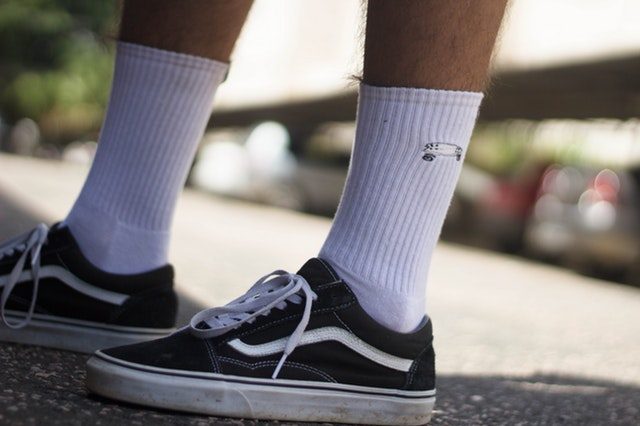Some social media users noticed that a particular brand of shoes would land right-side up whenever it would be thrown in the air.
Media company NowThis News shared a video that compiled clips where people would throw their Vans shoes to prove a theory that it would supposedly stay upright however it was thrown.
The phenomenon was started by Twitter user Lana Andrews who noticed that her Vans shoes would “almost always” stay right-side up whenever she would throw it.
Did you know it doesn’t matter how you throw your vans they will land facing up pic.twitter.com/nKVJCncW4H
— lana m!sses tøp (@Ibelievthehype) March 2, 2019
It was soon tested by other social media users until it eventually became a phenomenon called the “Vans Challenge.”
The activity was also reported on Twitter Moments, the microblogging platform’s initiative to feature the “best of what’s happening on Twitter in an instant.”
Your Vans sneakers will always land right side up after you throw them, and @Ibelievthehype has the proof. https://t.co/8DQS5tfDtj
— Twitter Moments (@TwitterMoments) March 4, 2019
There were others, however, who didn’t experience Andrews’ theory and claimed that their Vans didn’t fall in the same manner.
The… theory… is… not… true #VansChallenge pic.twitter.com/3frBY1qFVd
— 👸🏾 (@itsaamelie) March 5, 2019
I must have the old update…. #VansChallenge #Debunked pic.twitter.com/Xb0PISUnyG
— Josh Kennedy-Noce (@Joshkn) March 4, 2019
The magic of rubber
The whole concept of the “Vans Challenge” might not be that mind-boggling, according to Physics professor Jim Napolitano of Temple University.
“The left shoes roll over the left. The right shoes roll over the right. That would make a lot of sense,” he shared in an interview.
“The shoe is getting designed to pivot over that part of the shoe. And that’s what you’d expect. If you look at your foot, the inside is concave and the outside is convex. There must be something about the way the mass is arranged in the shoe,” Napolitano added.
He explained that it was all a matter of how the shoes’ rubber — the mass — was distributed in its canvas.
“The only way this would be anything fancy is if it was powered or there was moving parts inside. If it’s just rubber and canvas, it has to just be the way the rubber is distributed in relation to the canvas,” Napolitano continued.
Vans is made through a shoemaking process called vulcanizing.
This process heats the raw rubber to be used which helps bind the rubber compound. As a result, the rubber would be tough, stretchable and easy to wear.










